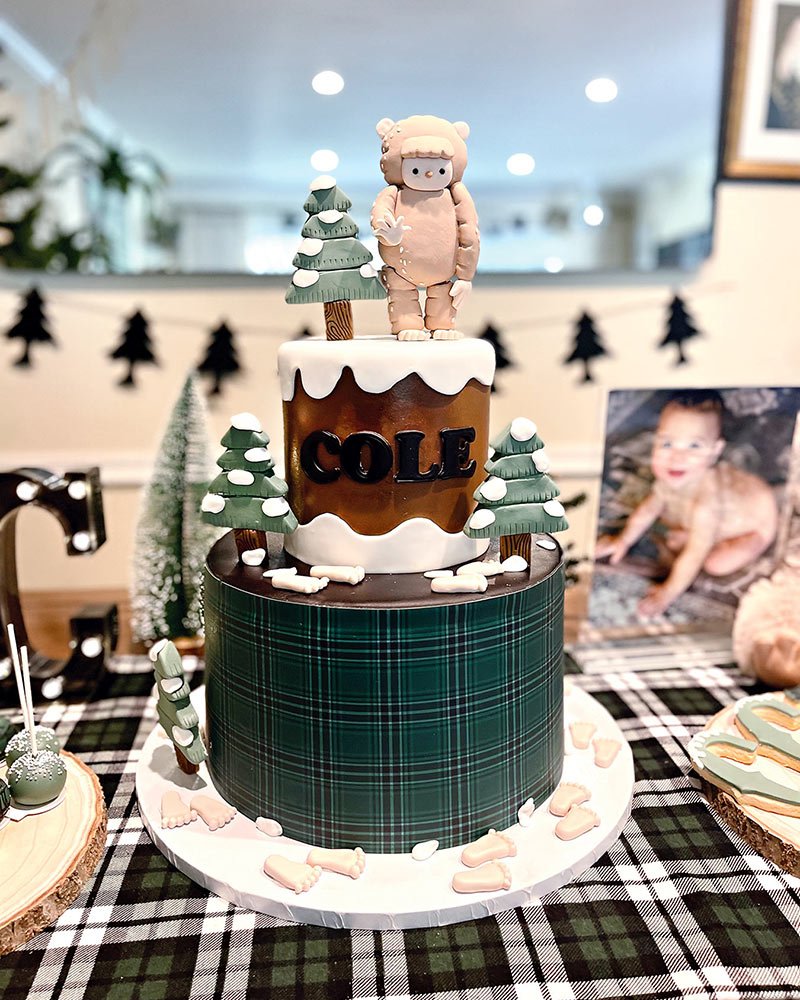When Catholics Begin Decorating for Easter: Tradition Explained

In the Catholic tradition, Easter is not just a day, but a season filled with rich liturgical practices, solemn rituals, and joyful celebrations that span several weeks. This time of year is marked by vibrant decorations and symbolism that reflect the themes of resurrection, renewal, and hope. But when do Catholics begin decorating for Easter? This article delves into the traditions, timing, and reasons behind the decorative preparations for Easter in the Catholic faith.
Understanding the Easter Season
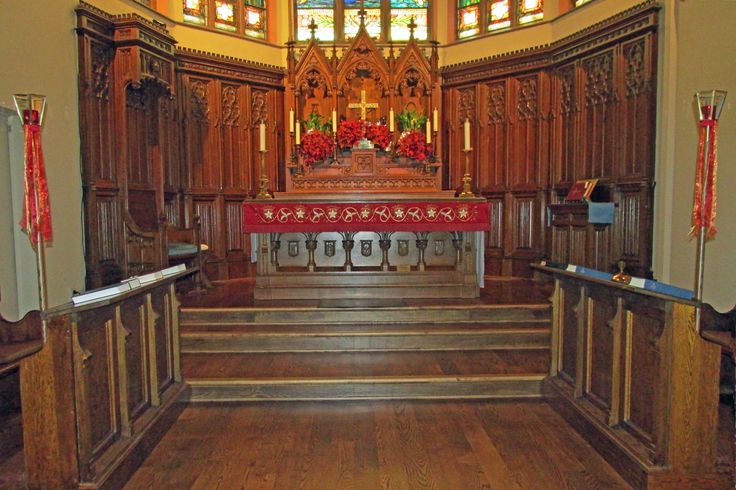
Easter Season in the Catholic Church begins with the Easter Vigil, which is the night before Easter Sunday. This Vigil is the highlight of the liturgical year, commemorating Christ’s resurrection. However, the season of Easter extends for 50 days, concluding with Pentecost Sunday, which commemorates the descent of the Holy Spirit upon the Apostles.
- Lenten Period: Before Easter, there’s Lent, a 40-day period of reflection, fasting, and penance.
- Holy Week: This week leads up to Easter Sunday, with key events like Palm Sunday, Holy Thursday, Good Friday, and Holy Saturday (Easter Vigil).
- Easter Triduum: This refers to the three days from the evening of Holy Thursday through Easter Sunday, which are the most solemn and sacred days of the year.
📅 Note: Easter does not have a fixed date; it falls on the first Sunday following the first full moon of spring, known as the Paschal Full Moon.
When to Start Decorating

Traditionally, Catholics start decorating for Easter from the Easter Vigil. Here’s how the timing unfolds:
Easter Vigil

The night before Easter Sunday, known as the Easter Vigil, marks the beginning of Easter celebrations:
- The Vigil begins with the blessing of the Easter fire, the lighting of the paschal candle, and the proclamation of the Exsultet (Easter Proclamation).
- During the vigil, the church is decorated in white and gold to signify joy and resurrection.
- This is when parishes begin to alter their church decorations, symbolizing the resurrection of Christ.
Easter Sunday
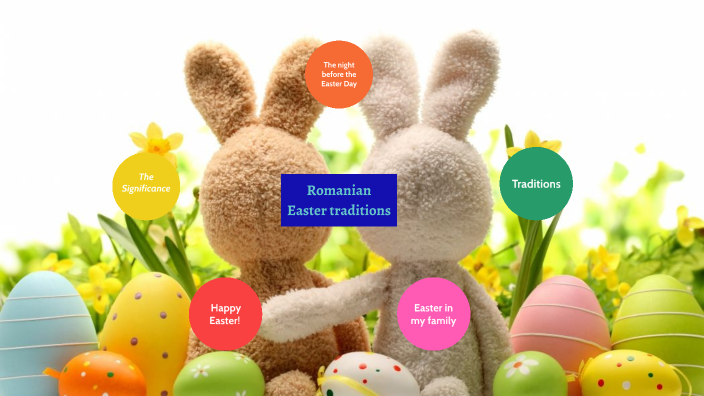
On Easter Sunday, the church will be fully adorned with flowers, Easter eggs, and symbols of new life:
- Easter lilies, white roses, and other white flowers dominate the decoration to represent purity and resurrection.
- Candles and lights are abundant to symbolize the Light of Christ.
- The church often features an Easter tableau, portraying the resurrection or Jesus Christ in glory.
🌼 Note: Easter decorations in churches often include both liturgical and cultural symbols to engage the community in the celebration of Easter.
Decorative Symbols and Their Meanings

Easter decorations are rich in symbolism:
| Symbol | Meaning |
|---|---|
| Easter Lily | Represents purity, innocence, and the resurrection of Christ. |
| Butterfly | Signifies transformation and the new life Christ brings. |
| Lamb | Symbolizes Jesus as the Lamb of God, sacrificed for our sins. |
| Easter Egg | Stands for the tomb from which Jesus rose, and new beginnings. |
| Rabbit (or Hare) | Represents fertility and new life, connected to the renewal of the earth in spring. |
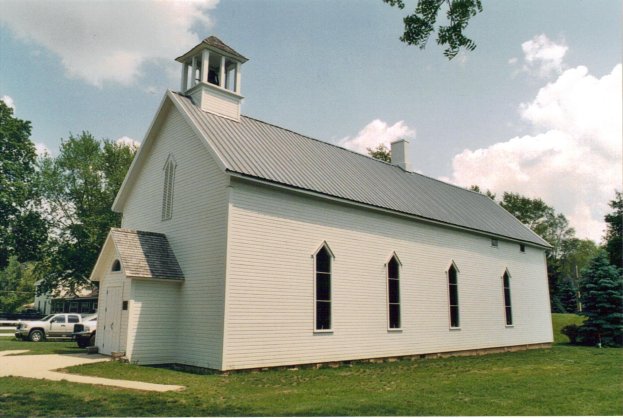
Personal and Home Decorations
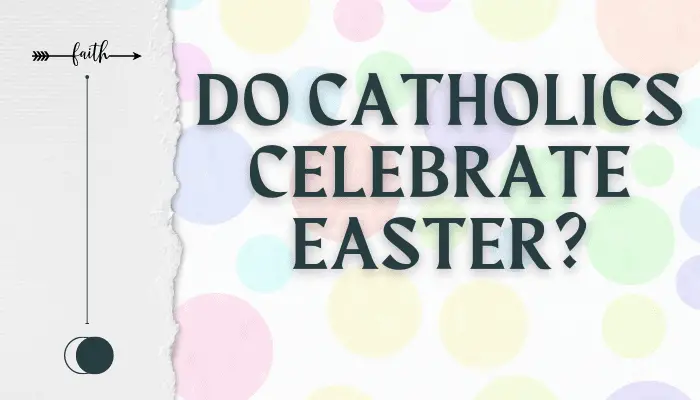
Catholics often bring the spirit of Easter into their homes by:
- Decorating with Easter eggs, baskets, and bonnets.
- Creating Easter-themed table centerpieces with flowers and candles.
- Hanging Easter wreaths on doors to welcome guests.
- Setting up an Easter garden or tableau depicting the tomb, resurrection, or Easter scenes.
The Role of Easter Bunnies and Eggs

While not originally religious, the Easter Bunny and eggs have become integrated into Catholic celebrations:
- Easter eggs might be dyed, decorated, and used in Easter egg hunts, symbolizing the search for the risen Christ.
- The Easter Bunny, although a secular addition, brings gifts and treats, aligning with the spirit of joy and celebration.
Cultural Variations

Catholics around the world have unique traditions:
- Spain and Italy: Churches feature elaborate processions, and homes display detailed nativity scenes with elements relating to the resurrection.
- Eastern Europe: Orthodox and Eastern Catholic Churches might have special Easter baskets blessed at church, filled with traditional foods.
- Philippines: Celebrations can include the “Salubong” where a procession marks the meeting of Jesus and the Blessed Virgin Mary, both brought together in a reenactment of reunion and joy.
The Final Week Before Easter

As Holy Week progresses, decorations evolve:
- Holy Thursday sees churches setting up for the Mass of the Lord’s Supper with the stripping of altars, symbolizing the abandonment of Christ.
- Good Friday remains stark, often with minimal decorations, to focus on the solemnity of Christ’s death.
- Holy Saturday brings the gradual return to festive decorations, culminating in the elaborate setup for the Easter Vigil.
The transition from Lent to Easter is not just about changing decorations; it's a symbol of the journey from death to resurrection, from suffering to joy, mirroring the journey of Christ.
Why do Catholics decorate churches for Easter?

+
Catholics decorate churches for Easter to visually celebrate Christ’s resurrection, which is the core event of Christian faith, symbolizing victory over death and the hope of new life.
Can I bring Easter decorations to my home early?
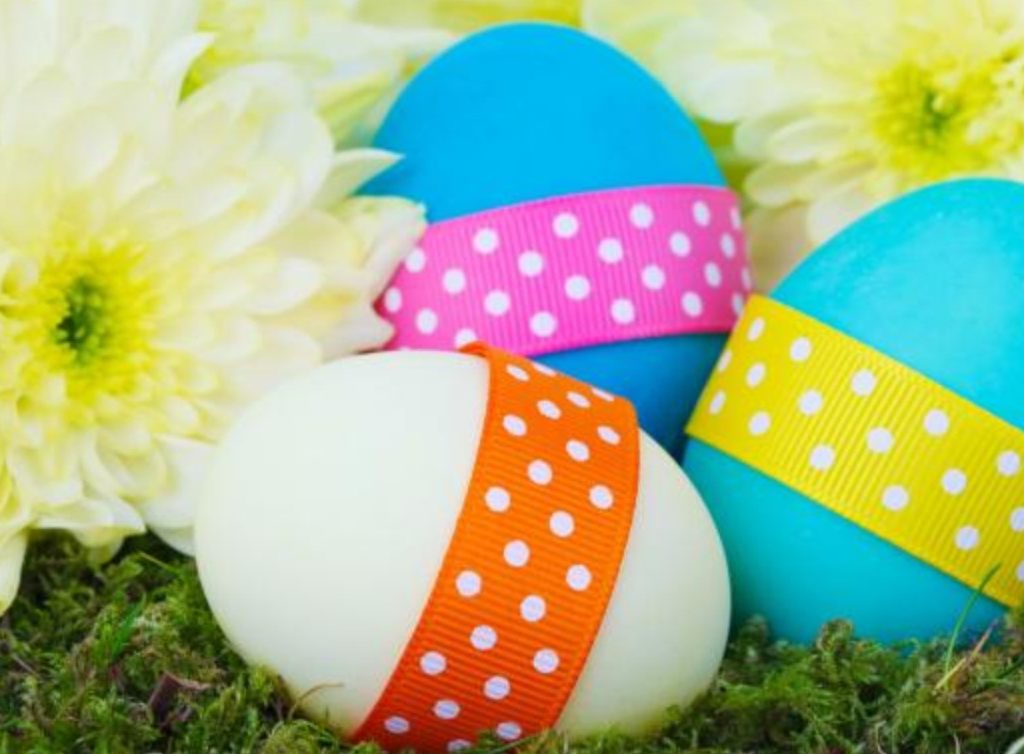
+
While traditional practice suggests waiting until the Easter Vigil, many Catholics choose to decorate their homes earlier, often blending their personal celebrations with community or familial traditions.
What is the significance of the Easter lily in decorations?

+
The Easter lily is a symbol of purity, innocence, and the resurrection of Christ. Its white blooms are a visual reminder of new beginnings and the joy of Easter.
Why do some churches remove decorations on Good Friday?
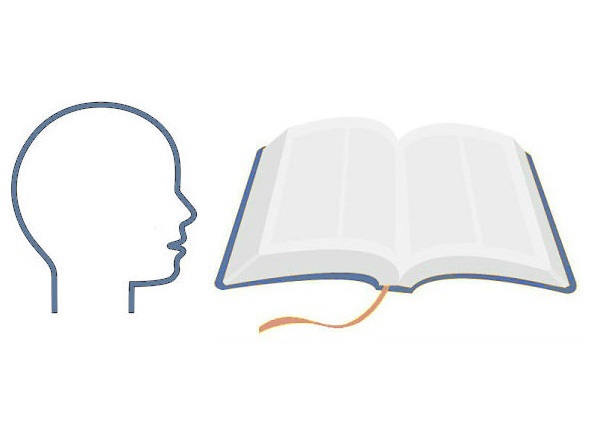
+
Stripping altars on Good Friday signifies the abandonment and death of Jesus. The sparse environment helps focus on the solemnity and sorrow of the day.

